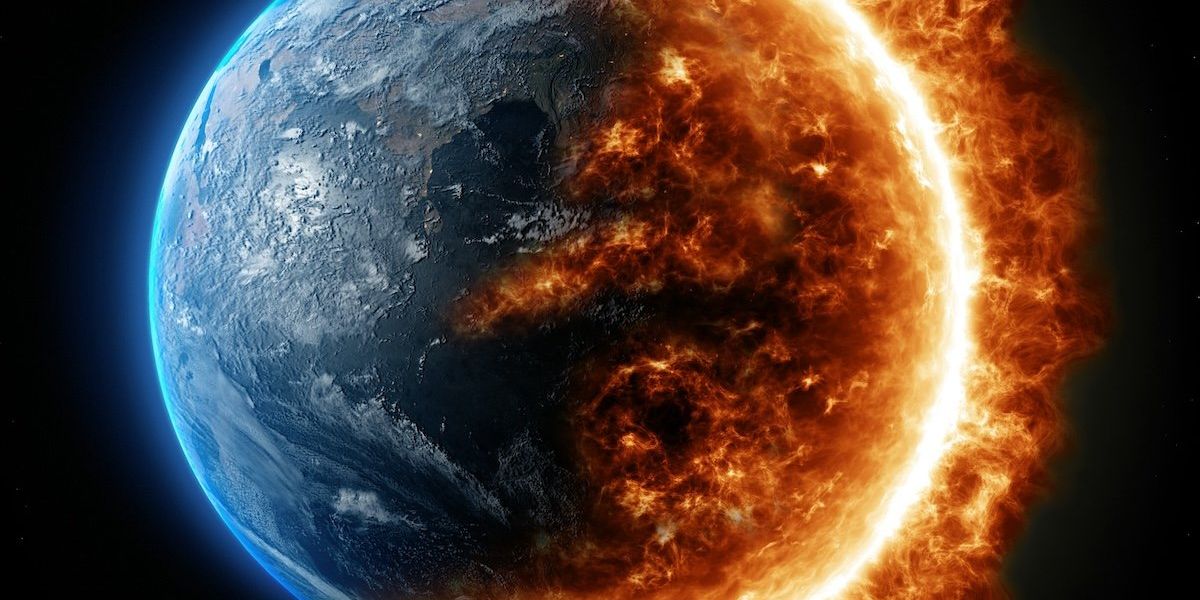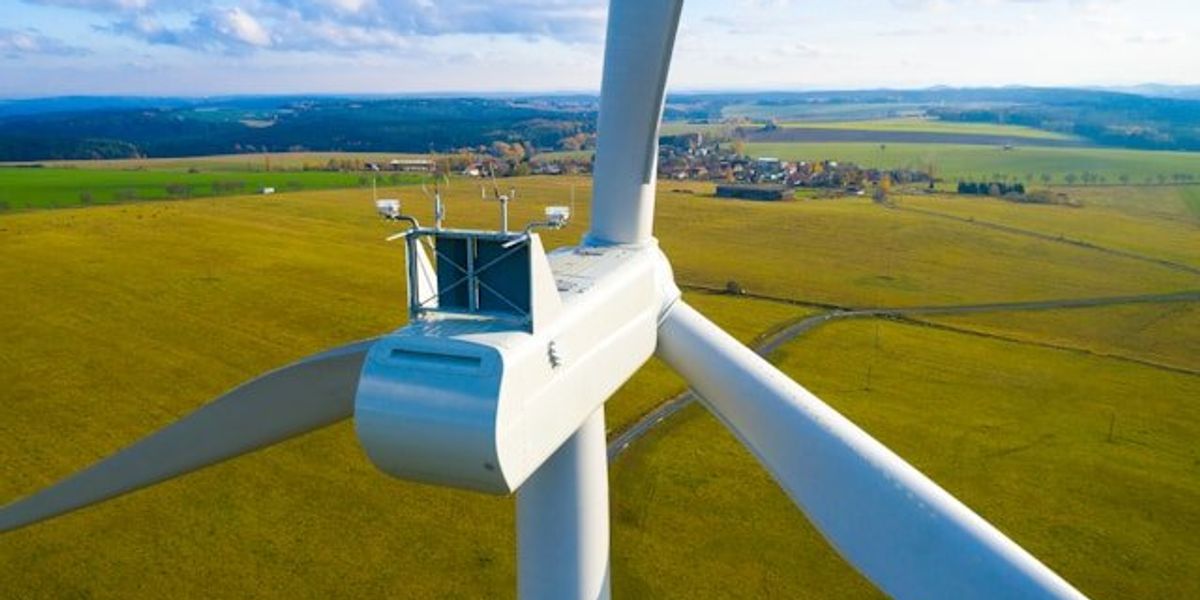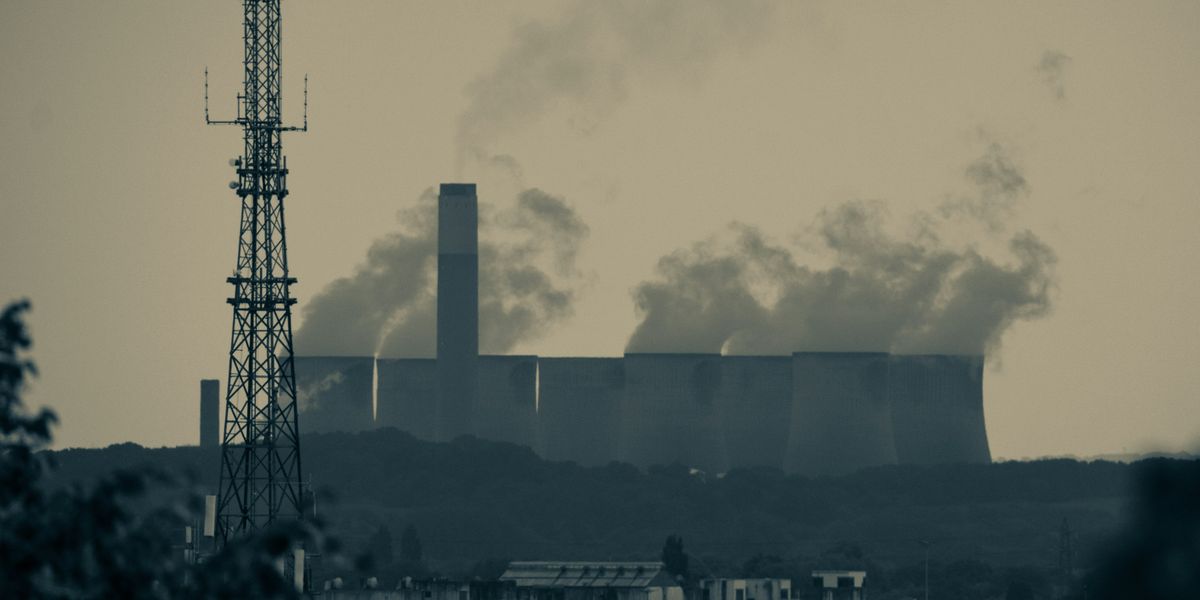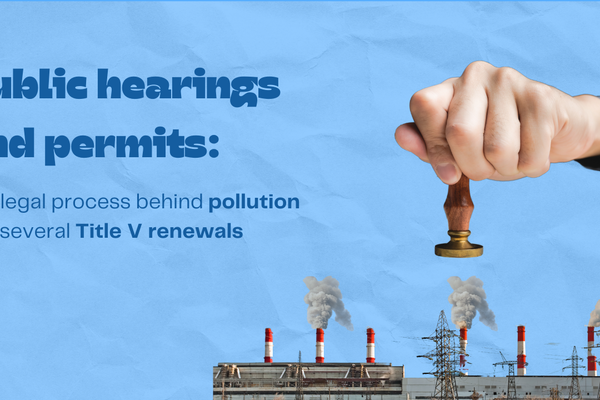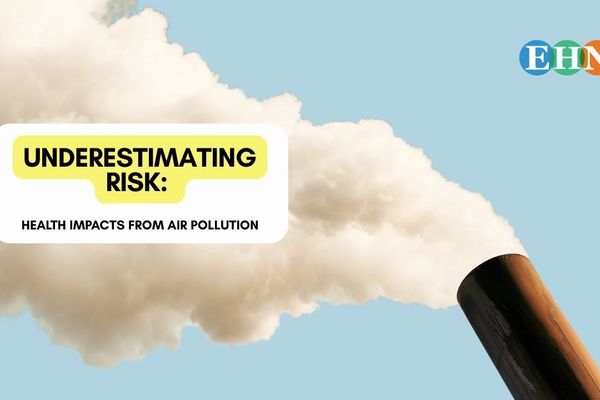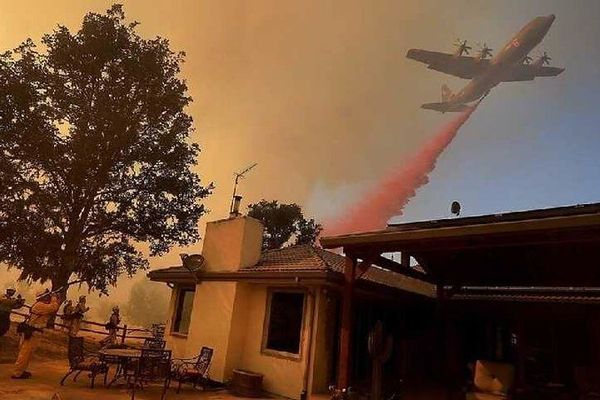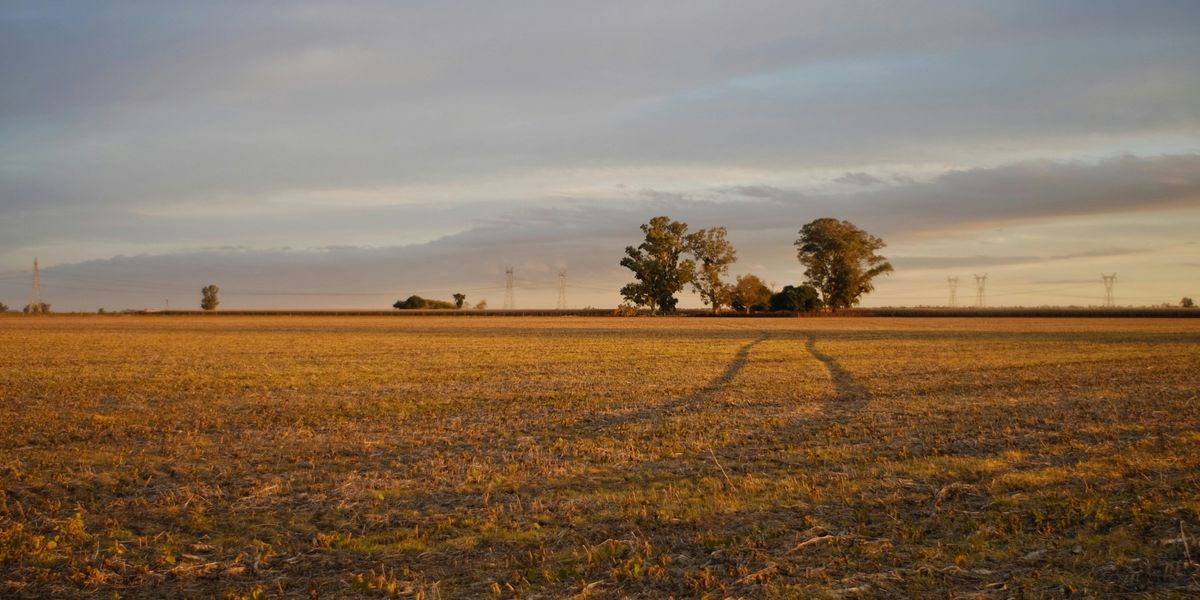
Dust storms surge in California as farmers fallow more fields
A surge in dust storms across California’s Central Valley is linked to expanding tracts of fallowed farmland, as growers abandon irrigation to conserve water.
Andrew Chapman reports for Eos.
In short:
- A new study found that 88% of California’s human-caused dust events stem from fallowed agricultural land, especially in the drought-prone Central Valley.
- Remote sensing data from 2008 to 2022 show a 36% per decade increase in airborne dust over the Central Valley, as more fields go unplanted to comply with water conservation mandates.
- Dust from these dry, exposed fields worsens air quality, contributes to respiratory illnesses like valley fever, and accelerates snowmelt in the Sierra Nevada, reducing water reserves.
Key quote:
“These fallowed land locations are emblematic of the properties you would normally see in a typical desert-type location.”
— Adeyemi Adebiyi, atmospheric scientist at the University of California, Merced
Why this matters:
California’s Central Valley feeds much of the nation, but it's also drying out. As farmers let fields go fallow to meet groundwater limits, the exposed, dusty soil becomes a hazard — not just locally but regionally. Windblown dust carries fine particles that can worsen asthma and heart disease and spread the fungus that causes valley fever. It also accelerates snowmelt in the Sierra Nevada, undermining the state’s already-strained water supply. With climate pressures and water restrictions likely to grow, this study signals a warning for other agricultural states that may soon face similar dilemmas. More dust in the air means more health risks, more water instability, and greater pressure on rural communities to adapt to a changing landscape.
Related: California farm communities face contaminated drinking water from unexpected sources




